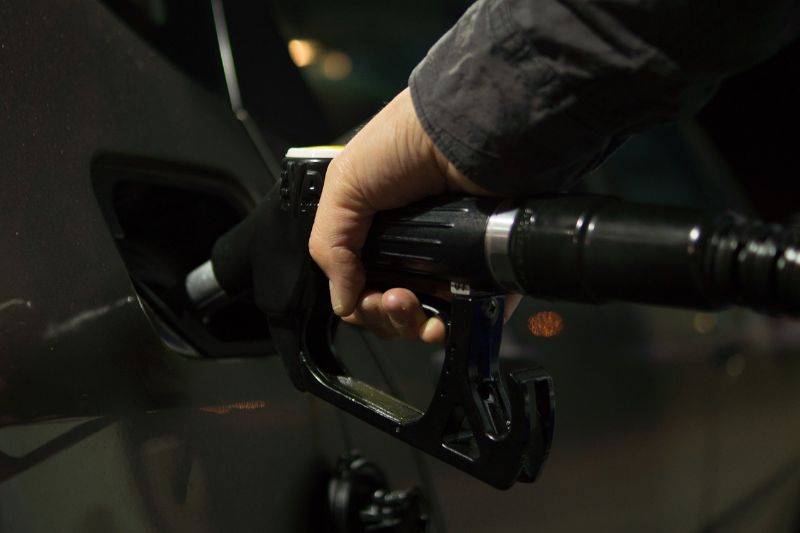A little reminder that today's ULSD is not what old timers remember as diesel, and ULSD is a very different fuel in many ways. Importantly for older engines, it has much less lubricity.
Yanmar recommends against straight #1 here, and quoting a huge drop in fuel efficiency;
Prepare your tractor for cold weather with essential tips to protect your machine and ensure smooth operation during the winter months.

www.yanmartractor.com
#1 diesel is a low temperature fuel, and one that in my opinion is mostly inappropriate as a fuel for the lower 48 for almost all of the year. A low temperature fuel means a lower cloud point temperature, a lower gelling temperature, lower viscosity, and lower lubricity temperatures. Unless you are experiencing waxing/cloud point or gelling issues, I think that it is not advisable to run #1 diesel, especially, especially, in an older engine. If you are having gelling issues, an anti gelling additive is probably a better solution, especially for an older engine like a Yanmar. It is possible to blend #1 and #2 for low temperature work, but I would not do it myself.
There is a nice discussion here on the cloud point of diesel fuel, gel temperature, and, of course water (ice) in diesel.
Do your fuel problems actually stem from diesel gelling or another winter problem? It's important to know what temperature point diesel fuel gels at, how to restore gelled fuel, how winter affects diesel fuel and the difference between icing and gelling.

petroleumservicecompany.com
Lots of discussion here on TBN;
Don't want to start a thread that's been beat to death so, can someone point me to an accurate chart that tells me at what temps #1, 50/50, and #2 is suggested? With -20 to +30 degree temperature fluctuations and only a 5 gallon tank on the tractor I'm always nervous about having too much #1 in...

www.tractorbynet.com
When Does Number 1 Diesel Gel? Find out everything you need to know here.

www.utilitysmarts.com
When burned #1 diesel doesn't smell that much different to me.
One final point, #1 diesel is close to jet fuel (JetA1, JP-5/8) in terms of hydrocarbon composition, making diesel #1 much more like a solvent, dissolving materials. JP-5/8 has been shown to be very hard on o-rings, rubber tubing, and internal corrosion.
All the best,
Peter





